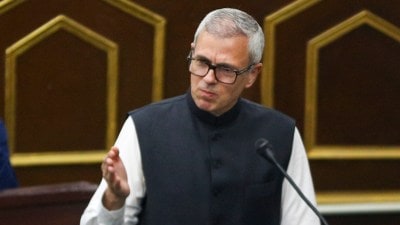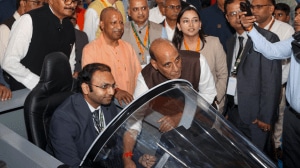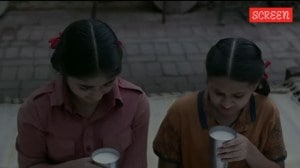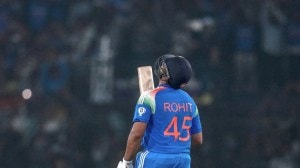Babri scars live on Ayodhya mosques
Forgot rebuilding Babri Masjid, Muslims in Ayodhya are not even allowed to repair other mosques damaged in the riots following the demolitio...

Forgot rebuilding Babri Masjid, Muslims in Ayodhya are not even allowed to repair other mosques damaged in the riots following the demolition on December 6, 1992. Barely 500 metres from the barricaded disputed Ram Janmabhoomi area stands the Dorahi Kuaen Wali Masjid. Its roof was damaged in the riots and subsequently, caved in. Since then, the mosque has remained the same.
‘‘Whenever we try to repair the mosque, police arrives and stops us. They say somebody called them up and complained that we are trying to rebuild the Babri Masjid. Does this look like Babri Masjid?’’ says Maulvi Syed Afzal Ahmad Hashmi, pointing to the small structure. There is cow dung all over the entrance, blocked from the thoroughfare with a small wicker gate.
Security personnel are not amused with journalists dropping in and taking pictures. They question the Maulvi and others who have come to offer prayers. ‘‘What is happening here? What is the activity?’’ When told it’s mediapersons from Delhi, they hold back but won’t budge from their spot. ‘‘This is what happens everytime. This time they are not saying much since you people are here,’’ says Maulvi Hashmi.
Chairman of Babri Masjid Reconstruction Committee Mohd Hashim Ansari says he has taken representations to the district magistrate in Faizabad several times but nothing has happened. ‘‘We want peace and that is why we are not pressing the issue. But will anybody tell us what to do in such a situation?’’
Maulvi Hashmi is more vocal. ‘‘How do we consider this country to be a secular democracy if we don’t have any say? They want the Muslims to leave this place. This is our home too,’’ he says.
Dorahi Kuaen Wali Masjid is not the only mosque to carry the blows of the demolition. Mufti Afiya Begum, a resident of Ayodhya, says several other mosques were damaged: ‘‘There are hundreds of small mosques in Ayodhya, there are around 7,000 Muslims too. But the sadhus and politicians say there should be no masjid in the the entire 16 km of the parikrama. ’’
Even the Badr Masjid, where Maulvi Hashmi stays, has been reduced to a small room. The remaining portion was taken over by Hindus during the riots and he never got it back. ‘‘Those used to be my living quarters. Now I am forced to live in the mosque. There is not even a toilet here and I have to go out,’’ he says, pointing to the cramped praying area with a tap. ‘‘This is all I have.’’
He still can’t find fault with his people. ‘‘There is no animosity among the people. I go to teach Persian on the other side of the disputed site everyday. Nobody says anything to me,’’ he says, smiling.



- 01
- 02
- 03
- 04
- 05




























